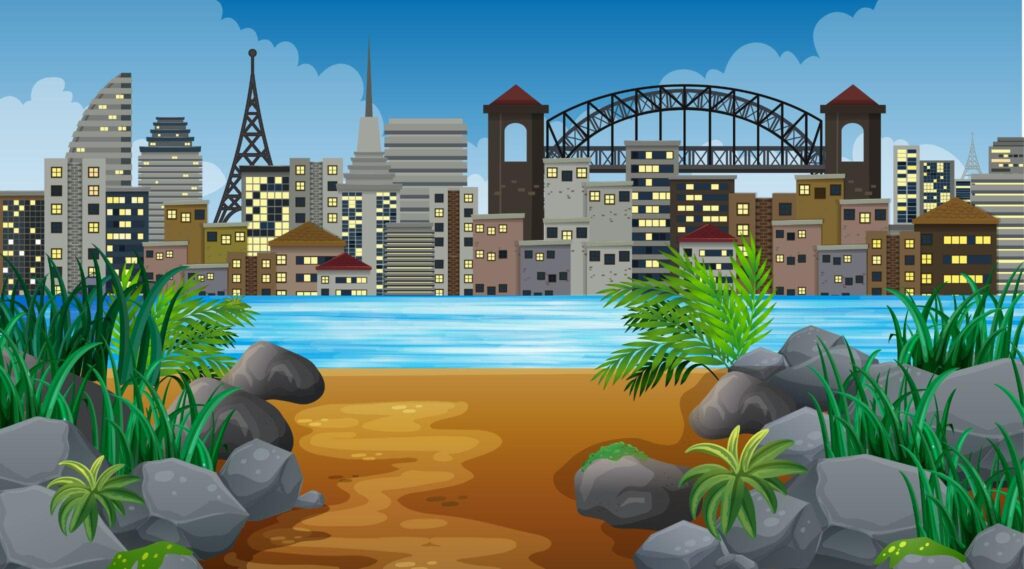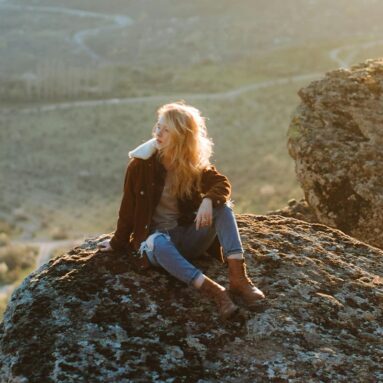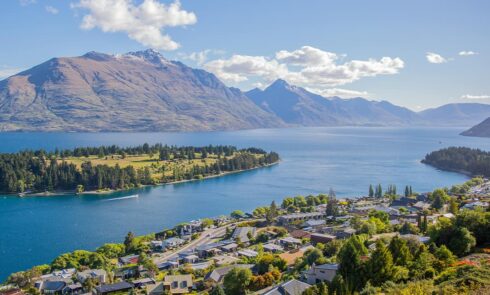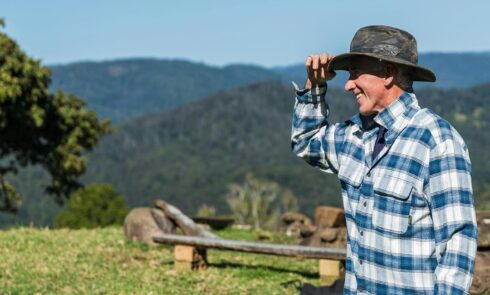There’s a certain magic that drifts through the air every February along the western shores of Aotearoa, when the small coastal town of Kawhia transforms into a living, breathing celebration of Māori heritage. The Kawhia Kai Festival isn’t just an event – it’s a feast for the senses and a homecoming for the soul.
As a writer and cultural enthusiast who has spent years exploring New Zealand’s festivals and indigenous traditions, I can tell you that this gathering is unlike anything else. The smell of smoky hāngī rises from the sand, voices blend in waiata (songs), and hands exchange food made with the same care and spirit that have defined Māori food heritage NZ for generations.
It’s a day when old traditions meet modern community life, where recipes, stories, and laughter are shared freely. The festival captures the essence of indigenous food culture NZ: connection to the land, respect for the sea, and gratitude for what nature provides.
Before diving deeper into the festival itself, I have to admit that I often compare cultural gatherings to other modern forms of entertainment I review for my online projects. For example, on our play for fun casino review portal, we often explore how digital experiences bring people together for shared enjoyment. But nothing, absolutely nothing, compares to the warmth and authenticity of real community events like this one. The Māori community festival Kawhia stands as a reminder that while technology connects us virtually, food and culture connect us spiritually.
The Origins of Kai: Food as an Expression of Identity
To understand why the Kawhia Kai Festival resonates so deeply, you have to understand what “kai” truly means. In Māori, “kai” isn’t just food – it’s nourishment for body, mind, and soul. Preparing and sharing kai has always been at the heart of Māori life.
From Sea to Shore – The Gathering Traditions
Generations before modern times, Māori communities lived in harmony with their surroundings, gathering seafood, hunting birds, and cultivating crops. The practice of Māori food gathering sea land NZ was guided by tikanga – the traditional customs that ensured balance and respect for nature.
The coastline around Kawhia Harbour is especially rich in history. It’s said that the first Polynesian voyagers who arrived in Aotearoa landed near these very waters. Today, the Kawhia harbour festival NZ pays tribute to that connection between people and place. When locals prepare traditional Māori kai food NZ, they’re not just cooking – they’re continuing an ancient dialogue between sea, land, and sky.
The Communal Feast
What makes Māori cuisine so special is the way it brings people together. Every Māori communal food celebration NZ is as much about relationships as it is about recipes. From elders teaching tamariki (children) how to prepare shellfish, to families gathering around a steaming pit of hāngī, these moments preserve the social fabric of Māori identity.
Here’s what you might find in a classic Kawhia food experience NZ during festival day:
- Freshly steamed mussels and pipi gathered from the local shores.
- Rewena bread made with natural potato starter.
- Roasted kumara and pumpkin from local gardens.
- Smoked fish, often snapper or mullet, seasoned with herbs and sea salt.
Each dish tells a story – of soil, of ocean, of ancestors who walked this land before us.
The Festival Experience: A Celebration of Culture and Connection

The Māori craft and food festival NZ held at Kawhia every year has grown into one of New Zealand’s most beloved indigenous events. Locals, travelers, and culture enthusiasts gather by the harbour to celebrate not just food, but heritage, music, and unity.
The Setting: Kawhia’s Coastal Soul
Nestled between rolling hills and the Tasman Sea, Kawhia is a town that seems to exist outside of time. The Kawhia Māori culture NZ thrives here: you’ll see traditional carvings, hear te reo Māori spoken naturally, and feel the mana (spiritual power) of a community deeply connected to its roots.
The festival grounds stretch along the waterfront, where visitors can watch kapa haka performances, listen to local storytellers, and sample dozens of stalls showcasing authentic Māori cuisine. The smell of earth, seaweed, and smoke mingles in the air – it’s an atmosphere that no city food fair could ever replicate.
The People Behind the Kai
One of the most beautiful aspects of the event is the people who make it happen. The festival is organized and run by volunteers from the local iwi and hapū (tribal groups). For them, it’s not about profit or prestige, it’s about preserving legacy.
I remember one kuia (elder woman) I met during my first visit to the festival. She told me, “Kai carries our stories. Every recipe has a name, a place, a person behind it.” That single sentence captures what Māori land and sea food traditions NZ truly mean – food as living memory.
Here’s a taste of what the festival celebrates each year:
- Local ingredients: Fresh kaimoana (seafood), native herbs, and traditional root vegetables.
- Cultural exchange: Workshops teaching Kawhia kai recipes Māori and traditional preparation methods.
- Art and craft: Wood carving, weaving, and pottery – honoring the fusion of food and artistry.
- Music and performance: Kapa haka groups, drum circles, and storytelling for all ages.
It’s more than just a day out – it’s a living classroom of cultural pride and shared joy.
Tourism and Tradition
The Kawhia festival tourism NZ has had a significant impact on the local economy, but what makes it unique is how respectfully it’s been developed. Unlike commercialized events that lose their authenticity over time, this Kawhia cultural festival NZ stays true to its roots. Visitors are guests, not consumers.
Sustainable practices are also key. The festival encourages zero-waste food stalls, reusable utensils, and community-led recycling programs. In this sense, it’s as much an indigenous community events NZ model as it is a celebration – showing how culture and sustainability can thrive together.
The Future of Māori Food and Cultural Revival
As the world rediscovers indigenous wisdom and sustainable living, events like the Māori food festival NZ in Kawhia are leading the way. They bridge generations and invite dialogue between old and new, local and global.
Reviving the Knowledge of the Ancestors
Many young Māori chefs and cultural advocates are now blending traditional methods with modern culinary innovation. You’ll find dishes that combine native ingredients like horopito, kawakawa, and kina with contemporary presentation – a nod to both heritage and evolution.
This new wave of food creators sees Māori food tourism NZ as an opportunity to educate. By sharing authentic flavors and stories with visitors, they help reshape how the world understands indigenous cuisine – not as “exotic,” but as vital, living knowledge.
Kai as Connection
Beyond its cultural significance, kai continues to be a force that unites people across backgrounds. When you attend the Māori community food event NZ, you’re not just tasting food, you’re tasting belonging. You feel it in the laughter, in the dance, in the shared moments of gratitude.
And that’s what makes the Kawhia kai festival so unforgettable. It’s a rare event that manages to preserve identity while welcoming everyone to the table.
The Legacy of Kawhia
Kawhia is often described as the “birthplace of the Tainui people,” and the harbour itself holds immense spiritual meaning. The festival honors that legacy, weaving together the threads of history, hospitality, and hope.
The town’s natural beauty, combined with its strong cultural backbone, makes it a beacon for anyone interested in Māori coastal food festival NZ traditions. You leave Kawhia not just with a full stomach, but with a full heart.
In a world that often moves too fast, festivals like this remind us to slow down, to cook with care, to eat with purpose, and to celebrate with gratitude.
When I reflect on my experiences there, I realize that the Kawhia Kai Festival is more than a local celebration. It’s a statement – that culture endures when it’s lived, not just remembered. And that food, when shared with love, becomes a bridge across generations.


